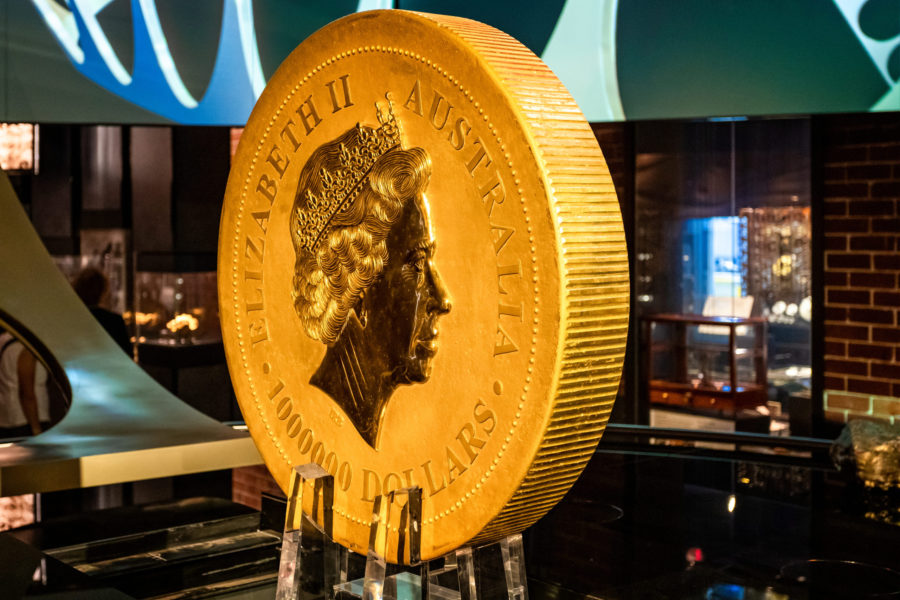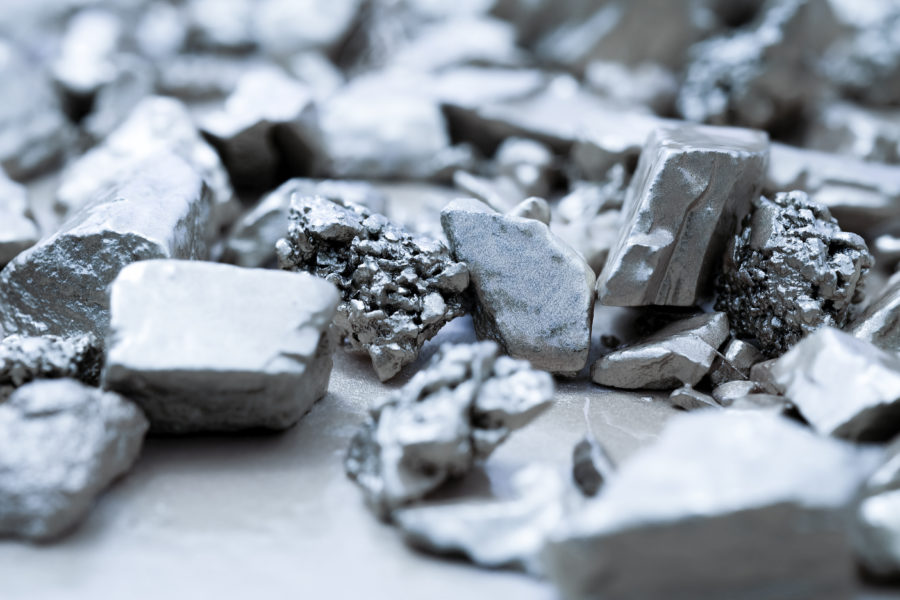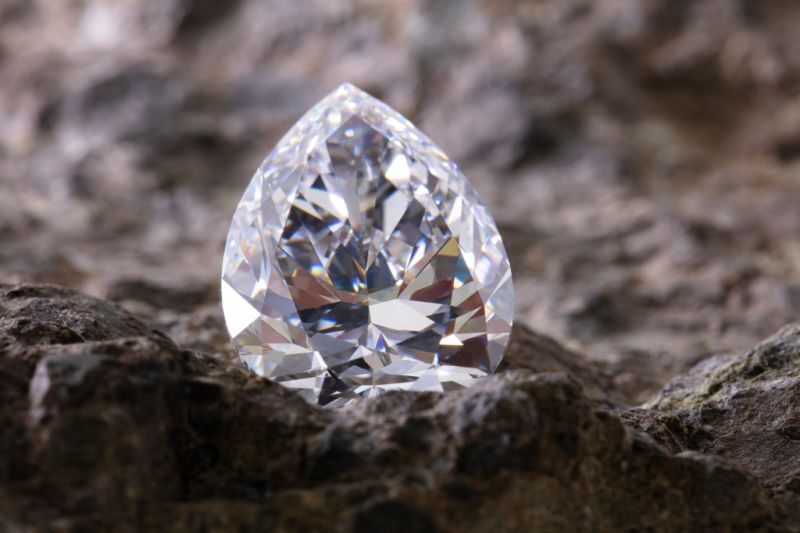Oyu Tolgoi ready to lift the curtain, but someone has to turn on the lights

Rio Tinto’s flagship $5.2 billion copper-gold Oyu Tolgoi mine in Mongolia near the Chinese border – one of the biggest mining projects in the world – is practically ready to go, except for one “detail”: it needs power supply to kick-start operations.
When the mine co-owner Turquoise Hill Resources announced last month that the massive project was 94% complete, they didn’t considered the ongoing power struggle between China and Mongolia.
The countries are caught in a difficult negotiation that aims to reach an agreement under which Oyu Tolgoi (turquoise hill in the vernacular) would buy electricity from the Chinese grid.
The Mongolia-China dynamic is a key part of how foreign investment policy is shaped in that part of the world. A sign of this was seen earlier this year, with a foreign investment law that was passed in response to the Aluminum Corporation of China’s (Chalco) attempt to acquire a majority stake in a Gobi desert coal mine.
Even though Chalco didn’t follow through that deal, Beijing plays a leading role in the Mongolian mining sector, as a recent report by analyst Gavin Bowring at consultancy Gavekal points out:
Chinese companies have secured an effective stranglehold over Mongolia’s resources; they control up to 70% of resource assets, having bought mining and exploration licenses (about 4,000 in total) from politicians and well-connected business groups. Although most projects are small scale they constitute the bulk of current mining activity. As the biggest customer for Mongolian production, Chinese entities have used their control over rail, road and storage linkages to ensure they pay low price. . . . In this face-off between Ulan Bator and Beijing the reality is that China Inc has most bases covered.
A spokesperson for Rio Tinto told Financial Times (subs. required) Friday that discussions are continuing on the commercial agreement. “You have to remember this is a complex deal, but we are maintaining our focus and working hard towards reaching an agreement,” he was quoted as saying.
Now 97% ready to go, Oyu Tolgoi needs increasing power supply to complete construction, such as for fine-tuning the copper concentrator, FT reports.
The mine is set to produce more than 1.2 billion pounds of copper, 650,000 ounces of gold and 3 million ounces of silver each year with commercial production scheduled for the first half of 2013.
However, Rio has publicly stated that if a deal on electricity supply could not be reached, it is unlikely to achieve this start-up target date because it will have to build a dedicated power plant.
If obstructions continue, the mine stands to miss out on roughly $8.4 million per day in delayed revenues from copper and gold production, according to estimates based on the mine’s first-year production forecast.
Rio Tinto (LON, NYSE $ ASX:LON), Turquoise Hill Resources (NYSE & TSX:TRQ) —formerly known as Ivanhoe Mines—and the government of Mongolia co-own Oyu Tolgoi mine, but it is run by Rio.
More News
Perth Mint’s December gold, silver sales slip versus November
January 07, 2026 | 04:00 pm
Silver, platinum prices plunge to extend big spike in volatility
January 07, 2026 | 01:38 pm
{{ commodity.name }}
{{ post.title }}
{{ post.date }}






Comments